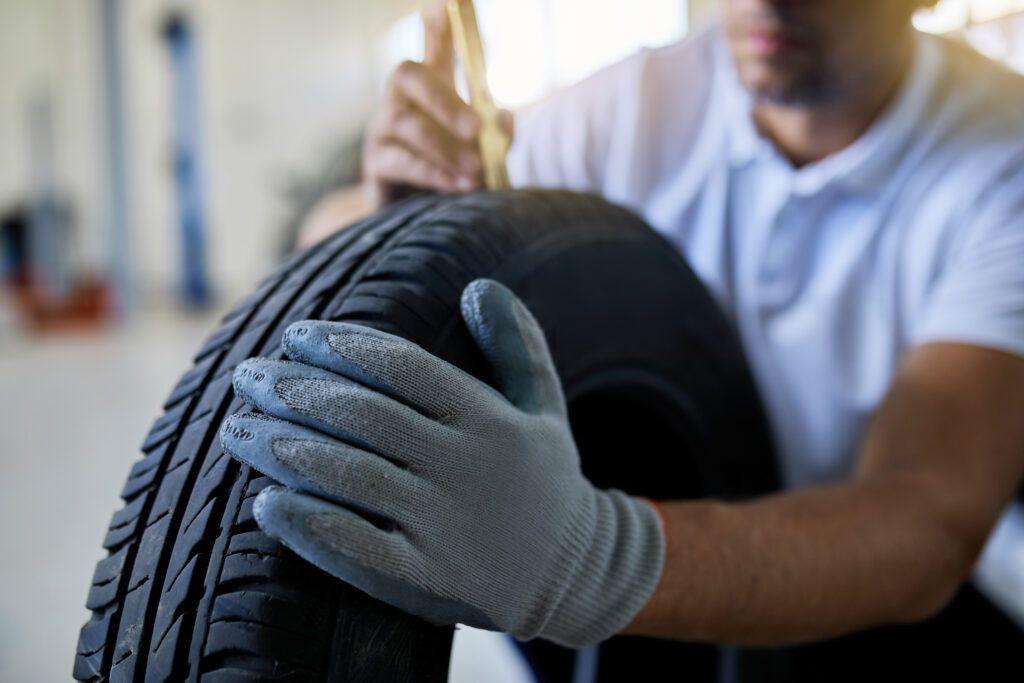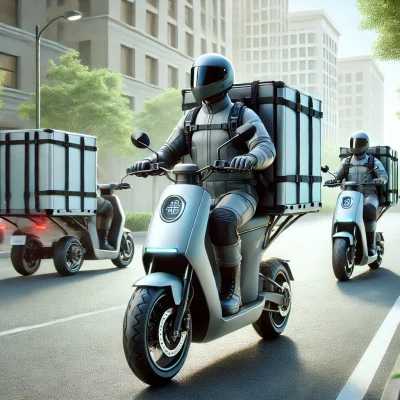The rise in sustainable mobility has led to the proliferation of electric vehicles in cities around the world. With this in mind, last mile vehicles such as electric bikes, scooters or small electric cars play a vital role in the delivery of goods and services over short distances. And for them to maintain their high degree of efficiency throughout the year, as we enter the cold season, a critical question arises: How do cold conditions affect the tyres of these vehicles and what measures can be taken to ensure their safety and efficiency?
The impact of cold weather on tyres
Tyres are an essential part of any vehicle and their condition is especially important in last mile electric vehicles. It depends on them whether the delivery routes planned by any business are undertaken without unforeseen events or delays, with the economic losses that this would cause, as well as a fall in the level of consumer confidence. And as temperatures decrease, several factors can influence the performance and safety of tyres:
- Tyre pressure:
Tyre pressure can decrease as the temperature drops, affecting rolling efficiency and traction capabilities. It is essential to regularly check and adjust tyre pressure in cold times or environments.
- Harder rubber:
Tyre rubber tends to harden in cold temperatures, which can affect the tires’ ability to grip the road. This can increase braking distance and reduce traction, posing a risk to both the driver and those around him/her.
- Accelerated wear and tear:
Cold, wet conditions can increase tyre wear and tear. Contact with cold, wet surfaces can cause irregular wear and tear, which reduces the working life of the tyres.

Measures to ensure safety and efficiency
To ensure the safety and efficiency of last-mile electric vehicles during low temperatures, it is essential to take certain measures regarding their tyres. Tyres in good condition reduce the risk of accidents and improve vehicle performance by saving fuel. It is thus essential to be proactive and periodically carry out Preventive Maintenance of all the tyres on a vehicle, including alignment and balancing, to ensure uniform wear and tear and lengthen tyre life. It is also important to:
- Check tyre pressure:
Carry out regular tyre pressure checks and adjust it according to the manufacturer’s recommendations. This ensures optimal contact with the road and greater energy efficiency.
- Winter tyres:
Consider using winter tyres if a prolonged cold season is anticipated. These tyres are specifically designed to afford better grip on cold, slippery surfaces.
- Careful driving:
Adapt driving style to weather conditions. Braking gently and anticipating manoeuvres can help reduce tyre wear and tear and improve safety.
As we have seen, the condition of tyres on last mile electric vehicles when temperatures are low is a critical factor for safety and efficiency. The drivers of these vehicles must be aware of the challenges posed by the cold and take proactive measures to keep their tyres in optimal condition. With proper maintenance and the choice of the right tyres, it is possible to ensure safe, efficient performance even in the most adverse weather conditions. In this way, sustainable mobility and last mile delivery can coexist safely and effectively in all seasons of the year.





